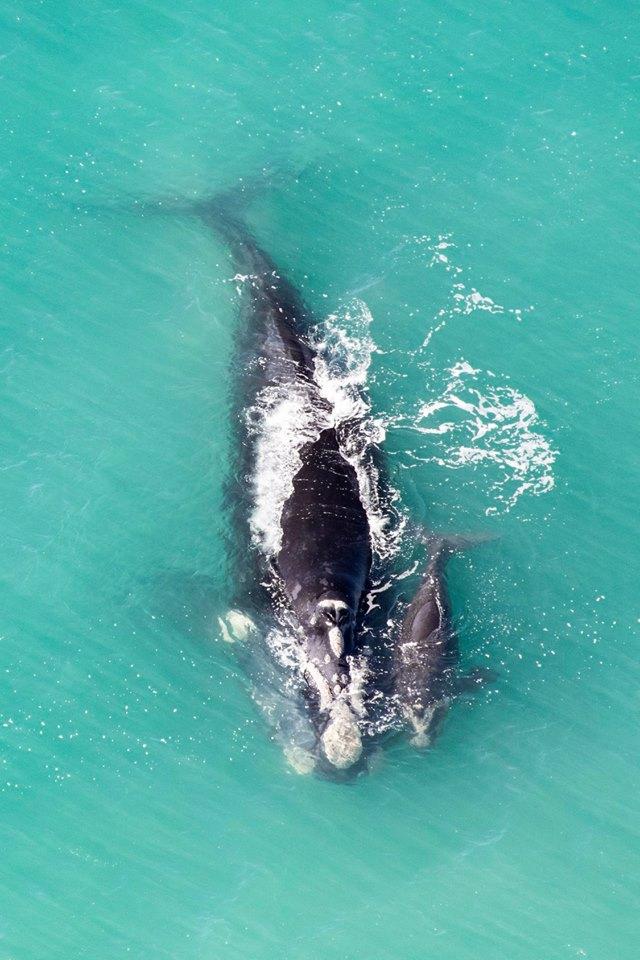Mira, the southern right whale who returned to Hermanus after 3 years
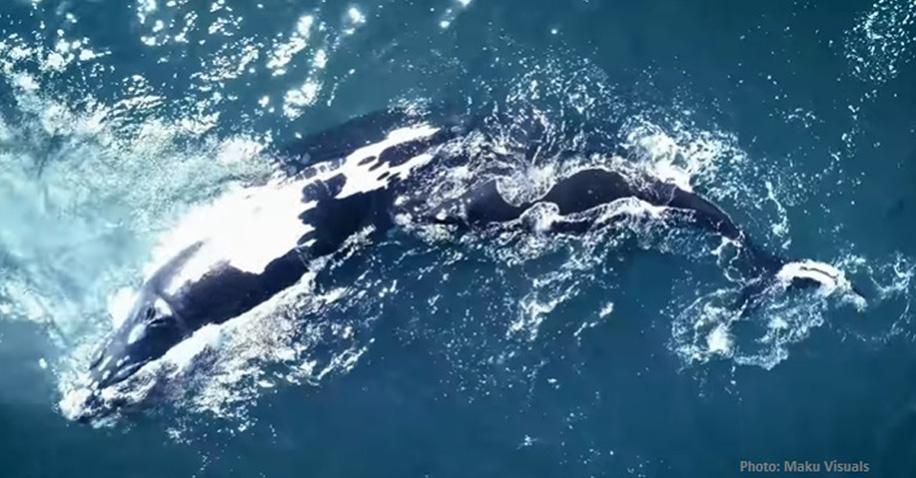
The Beautiful story of Mira the southern right whale
Mira was born in 2004 here along the South African coast, so she is a 16-year-old female. Considering female whales give birth for the first time around the age of 8, the observation in 2017 must have been of Mira with her second calf. Her observation this year in 2020 would then have been with her third calf, as right whales give birth to a new calf approximately every 3 years.
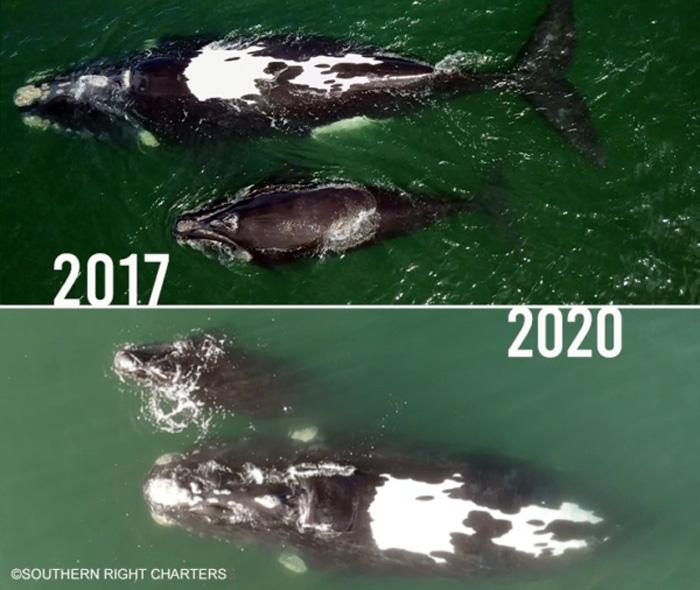
Typically, southern right whale females return to where they were born to give birth to their own calves, so the preference of these locations is passed on from generation to generation. They stay with their calves for one year (nursing) after which the mother and calf go separate ways, and the mother gets one year of rest before she falls pregnant again, giving birth to a new calf the year after. Female right whales (from the South African population) give birth to their babies here along the South African coast, and that is also when we usually see them (when they come to our shores to give birth).
MRI Whale Unit data has shown that males and females who are not pregnant are much less likely to migrate to our shores.
Southern Right Whale Mating
The southern right whale, Eubalaena australis, is a baleen whale only found in the Southern Hemisphere. As with most baleen whales, they conduct an annual migration from their summer feeding grounds in sub-Antarctic water, to their winter mating and calving grounds in coastal areas in lower latitudes, such as the coast of southern Africa.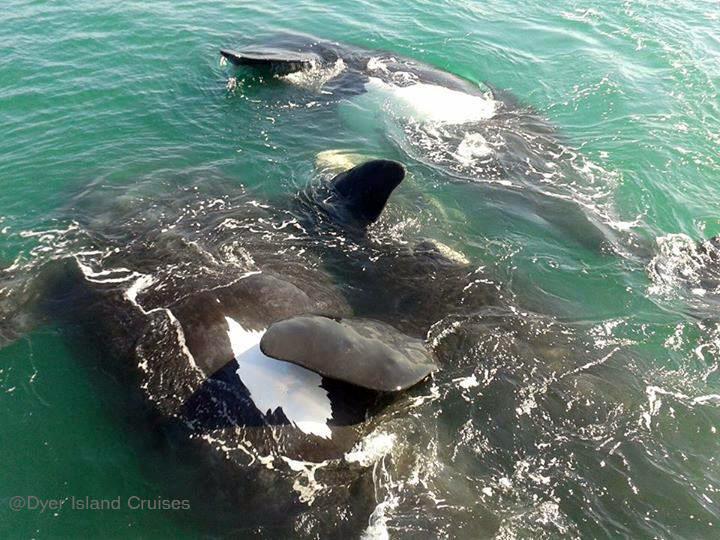
Southern right whale males do not aggressively fight each other to gain the right to mate with a female, instead, the male with the largest testes ( and thus the greatest volume of sperm) will have a better chance to successfully father the offspring. In order to ensure this competition, females will mate with many males during the mating season leading to a polygamous mating system. Consequently, male southern right whales have evolved to have the largest testes in the animal kingdom, weighing up to 500kg each.
Southern Right Whale Birthing
Southern right whale females give birth on average to a calf every three years. After a 12 month pregnancy, she will give birth to a single calf which will stay with her for approximately one year. Mothers with new-born claves have preferred locations such as shallow sandy beaches with gentle slopes and protections against wind and currents. The calf will suckle on its mom and drink approximately 500 litres milk per day.
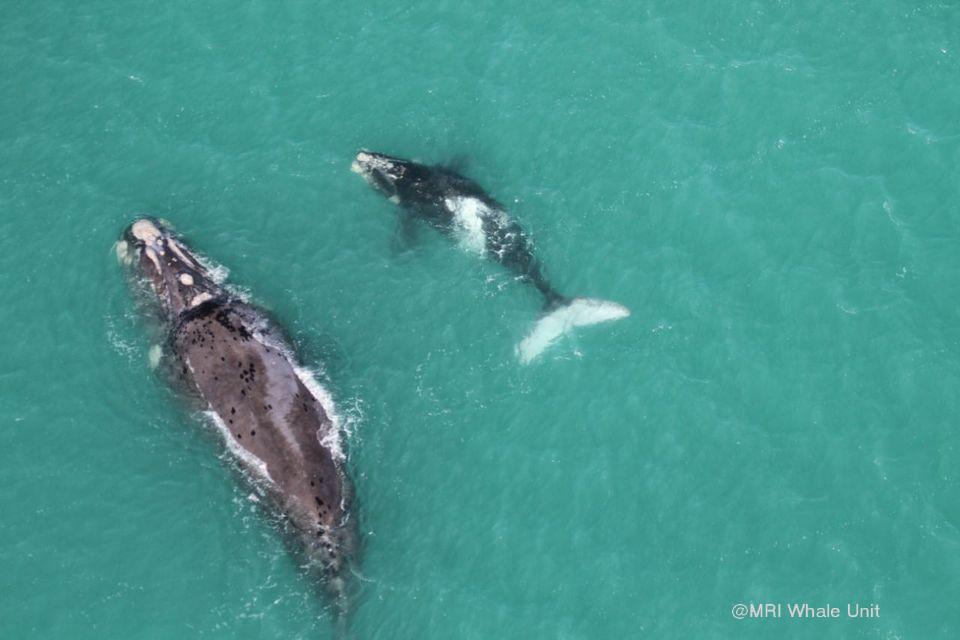
Southern Right Whale colouration pattern
Southern right whales are normally black or dark grey colour, with blaze on their bellies. About 10.5% of the females in the South African population have blazes on their back. Males cannot have this kind of colouration pattern. About 3% of the calves born in South Africa are “ brindle” animals, being born white with black spots. The white colouration becomes darker grey with age. Using the “photo-identification” it is possible to identify each individual with sophisticated software.
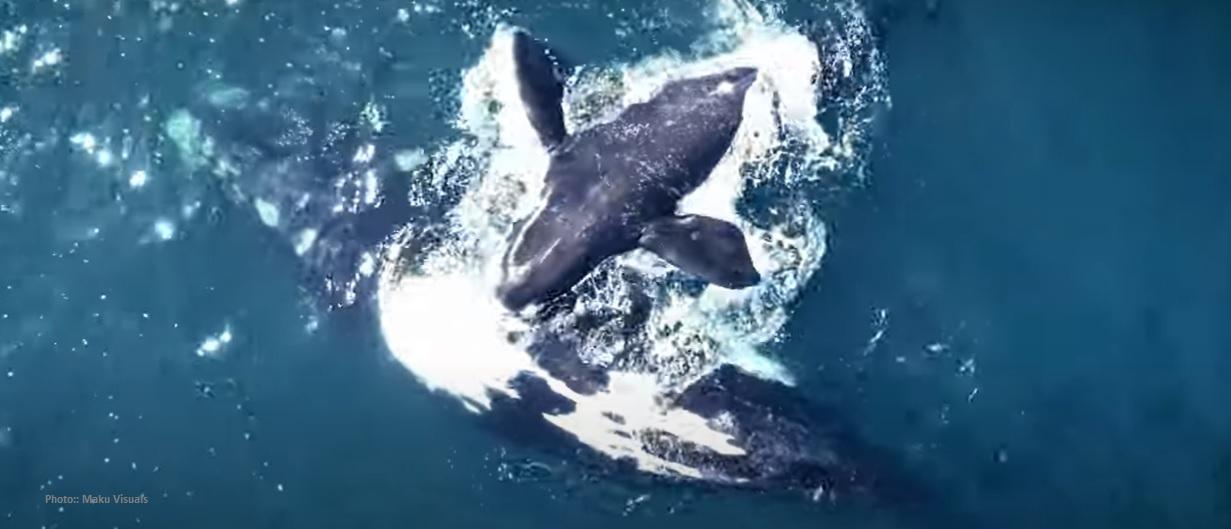
Mira is looking for a family to adopt her
Like humans and other land mammals, they breathe air, give birth to live young and produce milk to feed them. Females have a limited number of calves and take extraordinary care of each baby.
You can symbolically adopt Mira the Whale through the Mammal Research Institute Whale Unit Adopt- a- Whale program - a tribute to the whale who left a legacy and created an industry!
By joining the Adopt-a-Whale community you will help to protect these beautiful creatures.
Find out how you can adopt your whale.
Source
Call us and schedule your listing today! Contact Us
Copyright © 2024 Hermanus Online Magazine. Web Development by Jaydee media.

